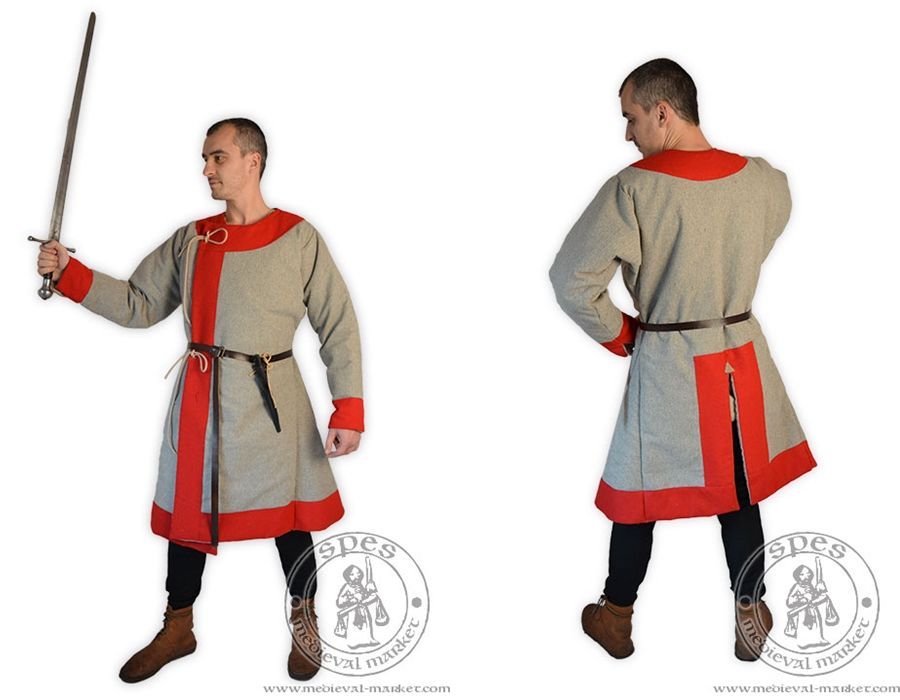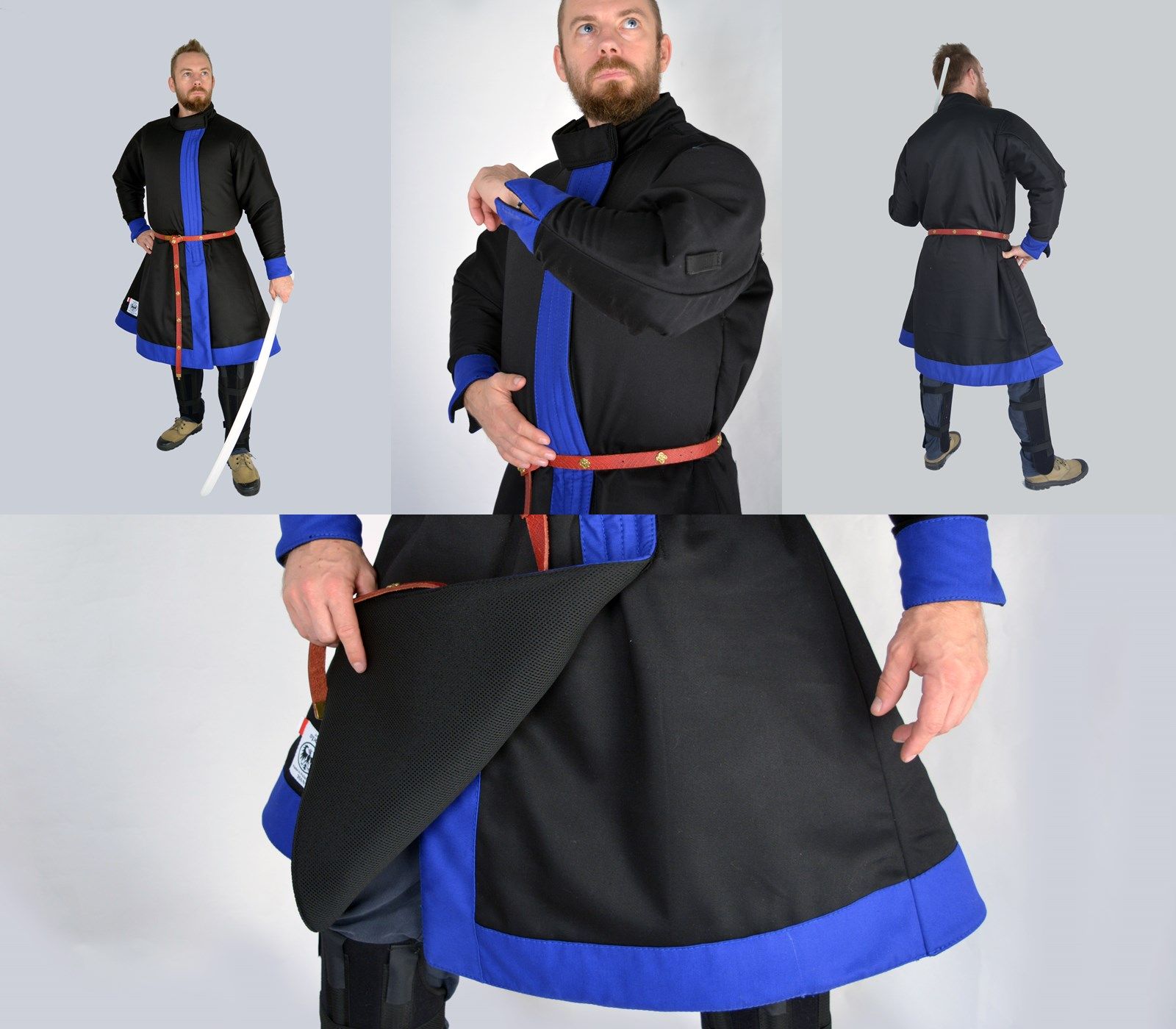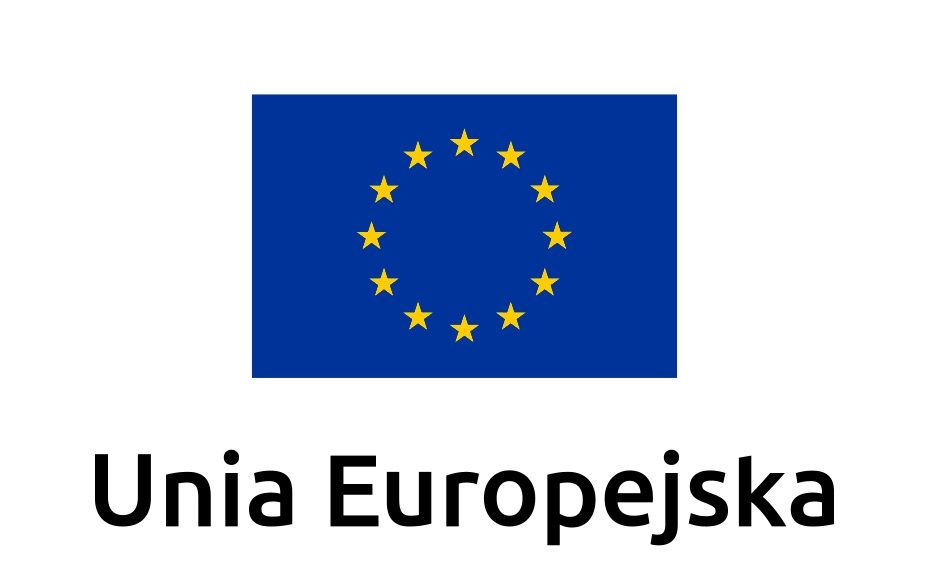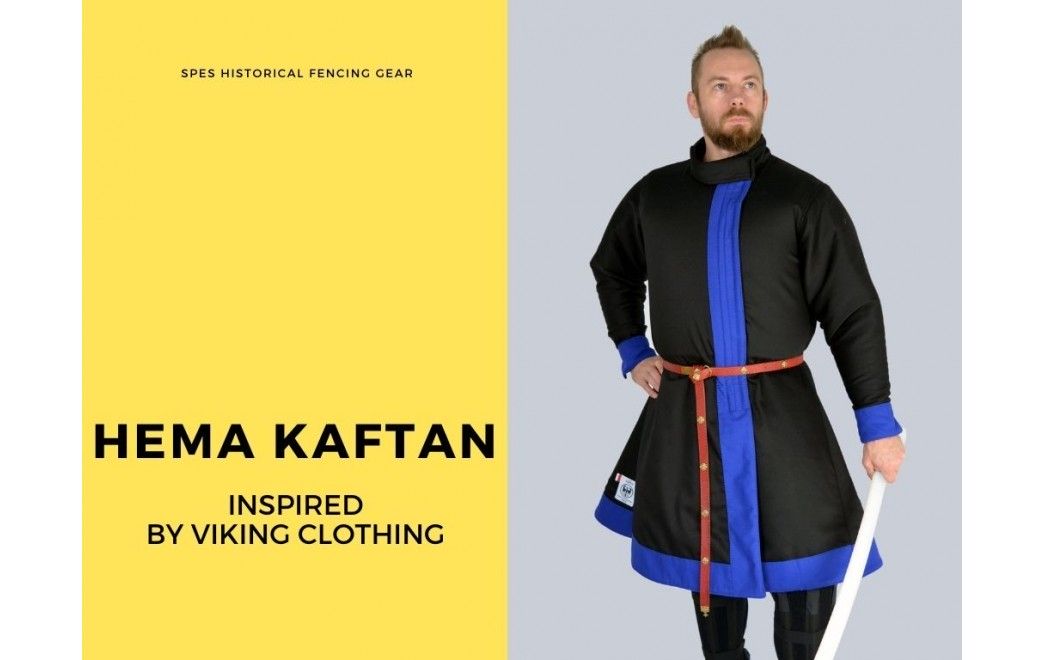HEMA kaftan that even a viking would not be ashamed of
HEMA kaftan that even a viking would not be ashamed of
Here’s another, fifth post on our custom projects. This time we have received a request to prepare a gear similar to a rus kaftan, but dedicated for HEMA. We were sure that a few modifications will be necessary to make it appropriate for historical fencing. And it hasn’t been our first approach to this matter – we have made similar gear for Medieval Market. But before we present our vision of HEMA kaftan, let us introduce some information about the role of this clothing and its history.
A kaftan straight from Scandinavia
The settlement of vikings undoubtedly had an influence on the shape of what we call a rus kaftan. They popularized this type of clothing in the North and East of Europe. The oldest kaftans from the excavations in Scandinavia are dated from the 8th to 10th century, but it was quite common clothing up to the 15th century, especially on the grounds of Eastern Europe (today’s Belarus and Russia). What proves their popularity in that region are numerous iconographies and archeological findings. Similar clothing outside Europe appeared in Asia.
Rus kaftan was popular in every social class. What underlined the wealthiness of the wearer were rich adornments, fabrics, and the manner of wearing. Poorer people wore the kaftan directly on the shirt, and the lowest classes used it as simple workwear. In fighting it was an addition to the armor, protecting against abrasions and giving extra amortization. Sometimes a kaftan was worn as basic clothing and the only one that covered the body.

Rus kaftan vs HEMA kaftan
When it comes to the Rus kaftan cut, it is not complicated. Its length reaches the knees and it is widened with gussets below the hips area. It has long sleeves narrowing towards wrists and gussets below the armpits. In front, kaftan is slit open on its whole length. Front flaps can be buttoned up or tied up, symmetrically or asymmetrically. Usually this clothing did not have a collar, and often had a V-neck.
What can we offer? Using the experience gained with the kaftan for Medieval Market (with or without quilting), we know that such clothing, based on the original pattern and with additional layers of amortization, will surely hinder the movement. And when thinking about HEMA gear, we want a piece of equipment which provides freedom of movement. Thus, the pattern had to be modified.
Other modifications in comparison with the Rus kaftan are the collar and the bladecatcher – we believe the latter one is a must in every HEMA clothing. The model for HEMA also has a double-closure. The customer decided to choose a zipper and velcros (instead, we can use buttons or tighten tapes). Such a solution increases the level of protection during fight – if one fastening gets damaged, the other one still provides the protection.
A classic solution, which will surely work in HEMA, is the length of the kaftan, giving the extra protection for thighs and knees. In lighter sparrings, it might be enough to protect the legs instead of dedicated HEMA pants.

Let’s start working
Like in most of similar projects, we based it on a ready pattern. In this case, it was the Cadet jacket. Why? It gives us almost everything we need:
- bladecatcher
- simple sleeves made of one piece of fabric
- the back made of one piece of fabric
- double-closure
- pockets for cushioning foams on the chest and shoulders
OK, the project is approved, the base is ready, so let’s put them into action. Firstly, we have lengthened the bottom part of the kaftan and on the sides we have implemented the triangular gussets to make it similar to the original. The front has an asymmetrical edge and a closure consisting of a zipper and a velcro. The gear is made of 350N fabric, with a 3D amortization mesh as lining.
In the sensitive places (like chest, stomach and shoulders) we have placed foams with extra pockets. On the outside, this kaftan has no sewings (except those around pockets), and the edges of sleeves, lower part, and front, are covered with a broad trim in a contrastive color.
Now prepare for a low blow…
So to sum up, this gear seems to be an interesting offer for HEMAists recreating the martial arts of vikings or historical Eastern Europeans. Still, it’s a good choice for training. HEMA kaftan is lightweight, has an interesting design, provides two features essential in historical fencing: freedom of movement and safety. The level of protection in this model is similar to AP Light 350N, but with extra amortization from the waist and before the knees.
Main features of our HEMA kaftan are:
- length before the knees (covering the thighs)
- bladecatcher
- double closure (zipper + velcros)
- pockets for foams on chest and shoulders
- decorative trim on the edges
- 350N fabric
- intriguing design
That’s all folks! As always, we are waiting for your opinions, observations and questions in the comment section. Soon we’ll present another custom gear, and meanwhile – don’t forget to follow our facebook and instagram to be up to date with all the news and promotions!




Leave a Reply Cancel Reply